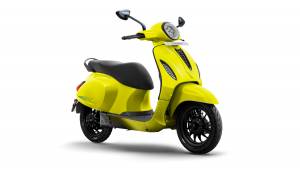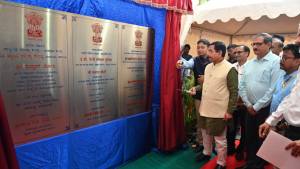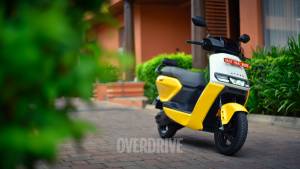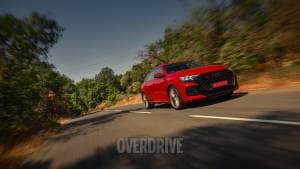NGT cannot ban old diesel vehicles: Government of India
Since 2016 started, the NGT has been busy trying to reduce pollution levels in the country. It started with the ban on the registration of diesel vehicles displacing over 2,000cc and then the ban on diesel vehicles more than 10 years old, both in the Delhi-NCR. However, an affidavit was submitted to the NGT by the Ministry of Heavy Industries regarding both these issues, and the case will be heard on August 2nd.
With respect to the ban on old diesel vehicles, the affidavit states that the Motor Vehicle Act does not provide the state or central government the power to cancel the registration of these vehicles without first examining it.
It states that there is no such term as 'deregistration' (as used by the NGT) in the Motor Vehicle Act. Section 53, however, offers a provision for the 'suspension of registration' while Section 55 has the enabling provisions for the 'cancellation of registration'.
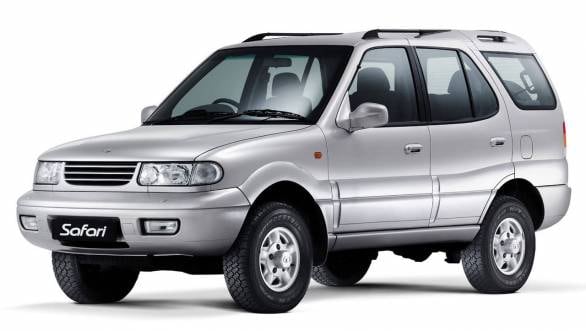
However, according to Section 55 (3) of the Motor Vehicles Act, to cancel a registration, the registering authority must first order for the examination of the vehicle which is within its jurisdiction. The owner of the vehicle must then be given the opportunity to make a representation of the vehicle before considering the cancellation. The act also mentions that the authority must show that 'the vehicle is in such a condition that it is incapable of being used or its use in a public place would constitute a danger to the public and that it is beyond reasonable repair'.
So technically, the NGT's order to immediately 'deregister' old diesel vehicles violates the provisions of the Motor Vehicle Act. Additionally, there are no provisions in the act that specify that those diesel cars older than 10 years and compliant with BS-I and BS-II standards need to be scrapped. According to the affidavit, the compulsory scrapping of these diesel vehicles would bring numerous writ petitions from these owners, which would lead to the 'wastage of precious time of these courts'.
The affidavit states that as per Rule 115 (7) and Rule 116 of the act, all these vehicles have to pass a Pollution Under Control (PUC) test to be allowed to drive on the road. Therefore, there is already a mechanism to ensure that these vehicles meet the emission standards set by the authorities. If the vehicle is scrapped despite this, the "order will amount to penalising the motor vehicles owners who have complied with the law of the land".
The Ministry of Heavy Industries has also informed the NGT that the government has already taken a pro-active step towards having old vehicles off the road. It mentioned that the Voluntary Fleet Modernization Scheme (VFM), which was recently conceptualised by the Ministry of Road Transport and Highways, "is in the process of finalizing" it. The NGT's order to deregister these old diesel vehicles will directly impact the VFM scheme.
The Ministry also furnished information regarding how much diesel vehicles contribute to the total particulate matter levels in a city. A Source Apportionment Study (SAS) for PM 10 (dust) was executed by the Central Pollution Control Board (CPCB) from 2007-2010 with institutes like IIT Madras, IIT Bombay, IIT Kanpur and ARAI in six cities. The study produced the following results:

IIT Kanpur along with the Delhi Government further assessed that the contribution of vehicles to PM 2.5 concentration were 25 per cent in winter. The highest contributors were secondary particles (30 per cent) and biomass burning (26 per cent).
In the summer, vehicles contribute to nine per cent of PM 2.5 concentration while major contributors are soil and road dust (28 per cent), coal and ash (26 per cent), secondary particles (15 per cent) and biomass burning (12 per cent).
On the whole, vehicles contribute to 20 per cent of the total PM 2.5 emissions. While road dust is the biggest contributor at 38 per cent, domestic fuel burning is third at 12 per cent and industrial sources contributes to 11 per cent.
According to this emission inventory, 46 per cent of the total contribution from vehicles comes from trucks, 33 percent from two wheelers, 10 per cent from passenger vehicles, five per cent from buses, four per cent from LCVs and two per cent from three-wheelers. The study points out that 78 per cent of the emissions from passenger vehicles are from diesel cars.
The Ministry also submitted a complete status report of the progress towards promoting the use and sale of hybrid and electric vehicles in India. According to the report, the National Electric Mobility Mission Plan (NEMMP) expects that six to seven million hybrid and electric vehicles will be on the road by 2020. With those many alternate fuel vehicles on India's roads, the government expects savings of 9,500 million litres of fossil fuel (worth more than Rs 60,000 crore).
Under the Faster Adoption and Manufacturing of (Hybrid and) Electric Vehicles in India (FAME-India) scheme, which came into effect on April 1st, 2015, these vehicles would be offered at an incentivised rate. An example of this would be the reduced price of the Maruti Suzuki Ciaz diesel SHVS compared to the older Ciaz diesel.
Starts Rs 8.2 Lakhs
1498cc
Manual
90
225
26.82 Kmpl
Starts Rs 14.99 Lakhs
1956cc
Automatic
170
350
-NA-
